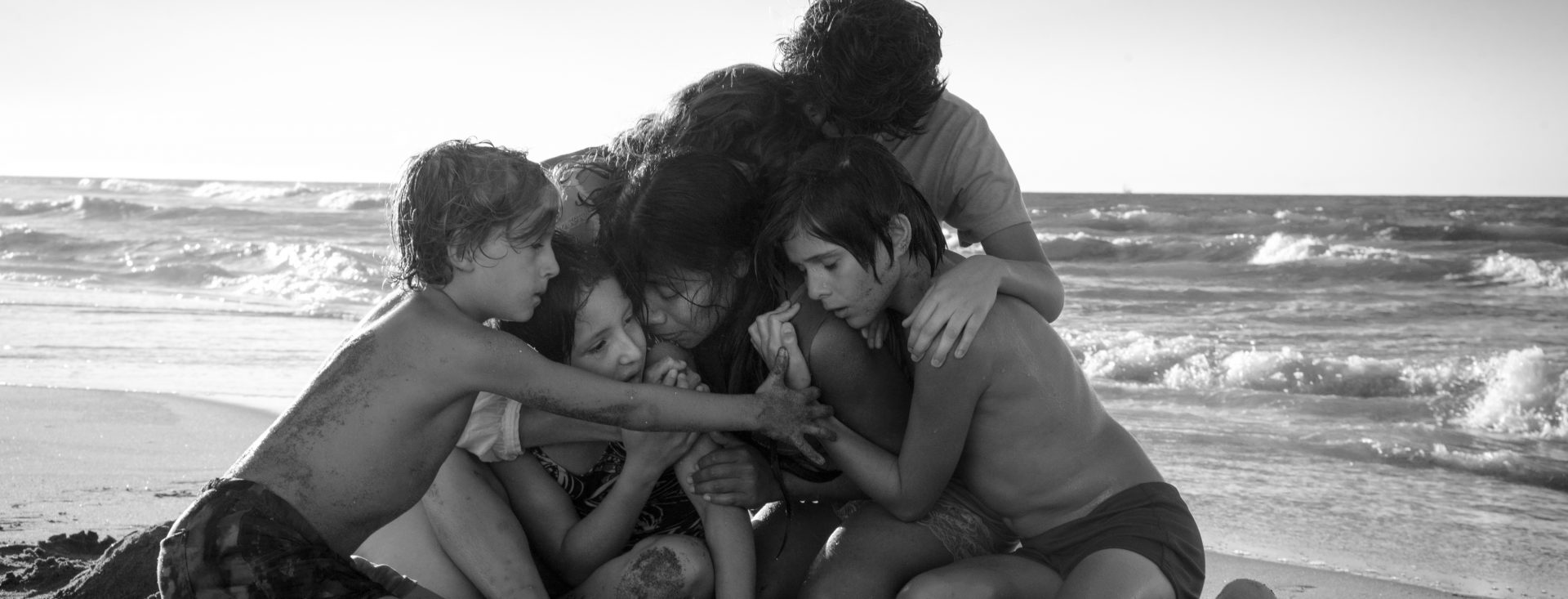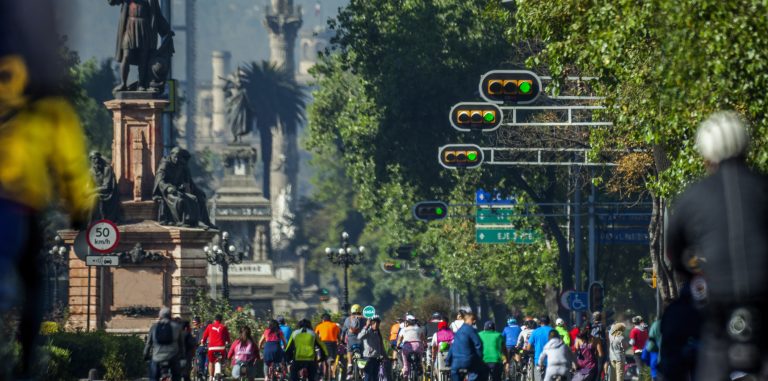
Behind the Scenes on Roma’s Double Soundtrack
If you were to create a movie based on your past, what music would you choose to accompany it? That’s the question Alfonso Cuarón faced with Roma, his recent Oscar-winning film that pays homage to his childhood in the titular upper-middle-class neighborhood in Mexico City.
The autobiographical film was more personal than any of Cuarón’s more recent big-budget Hollywood productions, like Gravity and Harry Potter and the Prisoner of Azkaban. It primarily focuses on the relationship between Cuarón’s family and their nanny Cleo, played in the movie by Yalitza Aparicio, who cares for the household as the parents navigate a painful separation. “I wanted to open some family wounds,” he told Variety.
To solve the challenge of scoring his cinematic vision, Cuarón worked with music supervisor Lynn Fainchtein to create the perfect musical backdrop to his memory of Mexico City in the ’70s. Fainchtein, who spoke to us recently over the phone and grew up in the neighborhood of La Condesa, which is right next to Roma and similar in many ways, said of the experience: “[Alfonso and I] share the same memories, and we share the same TV shows, so it was something close to me. It was part of my memory as well.”
Unlike most movies, where the music that sets the mood often happens outside the film’s universe, in Roma the music is a part of what’s actually happening within the film. This means the whole soundtrack had to be true to the music people in Mexico in the ’70s had access to, what was popular at the time, and what would make sense for their characters to enjoy.
To create this level of detail, Fainchtein and Cuarón divided the film into scenes and created playlists for each one. The bulk of the movie’s action takes place around the family home—there are scenes of the parents and kids eating dinner or watching TV with Cleo; there’s even a sequence focused on the father trying to park his car in the garage. And so, each room was given its own distinct musical flavor. “We created playlists for the kitchen, for the playroom, for Cleo’s room…” said Fainchtein.
This specificity allowed the pair to create smaller universes within the film’s larger one, adding to Roma’s authenticity. In the kitchen, for example, while Cleo and another nanny prepare food and wash the dishes, Latin Grammy Award-winning pop and ranchera singer Rocío Dúrcal sings “Más Bonita Que Ninguna” in the background. Fainchtein admitted it’s not the music she would have listened to when she was ten years old, but she knows it’s similar to the music her nanny might have had on in the background. Elsewhere, the soundtrack features other Mexican pop anthems of the era, including Leo Dan’s “Te He Prometido” and Juan Gabriel’s “No Tengo Dinero”—songs that Fainchtein confirmed were on the radio in 1970 and 1971, the years when the movie takes place.
And while Fainchtein had a rich memorial archive to draw on, she also dove into the various music archives available in Mexico City, including those of Televisa and the Filmoteca at the National Autonomous University. She looked at old magazines that held television show listings and researched radio programs, advertisements, and even the DJs of the era. Each song was chosen “because Alfonso liked it and because it pertains to the memories, and to the period,” she said. Her goal was to evoke a vision as close to Cuarón’s recollection as possible.
To accompany the Roma soundtrack, Cuarón and Fainchtein also commissioned the album Music Inspired by the Film Roma. They compiled the album with Randall Poster, another storied music supervisor who is best known for his work on Boardwalk Empire and collaborations with Wes Anderson. Poster and Fainchtein approached artists “close to Alfonso’s heart,” Fainchtein said, and offered them free rein to create a song inspired by the music or the sounds from the film. The results capture a variety of elements and atmospheres. T Bone Burnett, for example, built the off-tune steam whistle of the camote (sweet potato) vendors and the shrill flute of the knife sharpeners offering their services on the city’s streets—captured vividly in the movie—into the rhythmic “Roma.” Laura Marling, on the other hand, created a choir-backed, lush and folksy cover of The Ray Conniff Singers’ “Those Were the Days,” one of the songs Fainchtein included in the film.
Since the film was announced at the end of 2016, Fainchtein and Cuarón have worked very closely to evoke the world of Roma. When asked what it was like to be tasked with the music for such an intensely personal project, Fainchtein said she relished the opportunity. “It was like a chance to put a soundtrack to my family’s story.” And despite having over 100 film and TV credits to her name—she is credited on all of Alejandro González Iñárritu’s films, including Birdman and The Revenant—Fainchtein described working on Roma as one of the most unique experiences of her career and likened the process of building out the movie’s world to the construction of a building. “Luckily,” she said, “I didn’t have to build the building; I only put in the lights on each of the rooms and the floors.”
Relive the movie with Roma (Original Motion Picture Soundtrack) or hear the songs it inspired on the album Music Inspired by the Film Roma.










